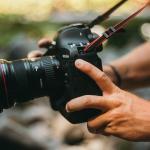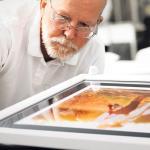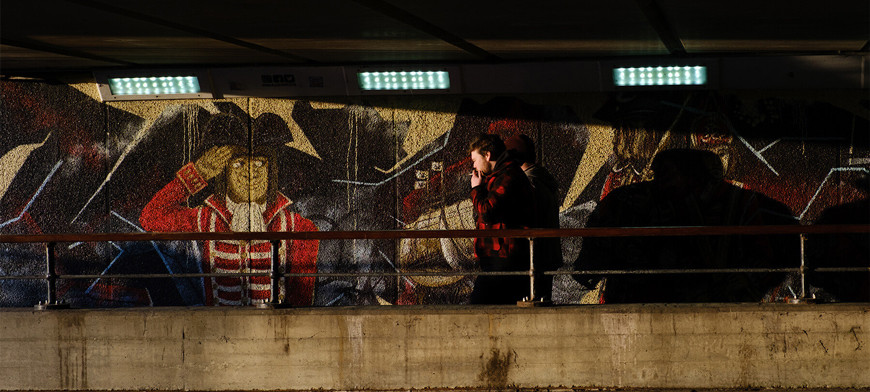
Events photographer Patrick Stubbs trials the Fujifilm X-Pro3 – Make the Switch
Posted on Feb 12, 2020
Already a Fujifilm X Series fan, with previous experience of X-Pro bodies, Patrick Stubbs gets to grips with the all-new X-Pro3…
SPONSORED BY FUJIFILM
I was introduced to photography by my father, when he let me use his Olympus OM-1 on a family holiday. I fell in love with it, used it as much as I could, read every magazine and book I could find, and was given a Cosina CT1 for my 13th birthday. I had a bunch of friends who all had SLRs in the 1980s, and we spent many hours playing with settings, sending the films off and eagerly waiting for the results.
I started to earn money from photography while working – a few weddings and some published work – but the big change happened when I was working in Africa for the World Wildlife Fund. I got quite a few photography commissions while in Eswatini (Swaziland), so when I came back to the UK in 2004, I decided I would start a full-time photography business.
I found I really loved photographing family life and that’s now my core work – family portraits, events and weddings, with some commercial and corporate work every now and again. I use Canon 5D Mark IVs for my wedding and portrait work, mainly with 24-70mm and 70-200mm lenses.
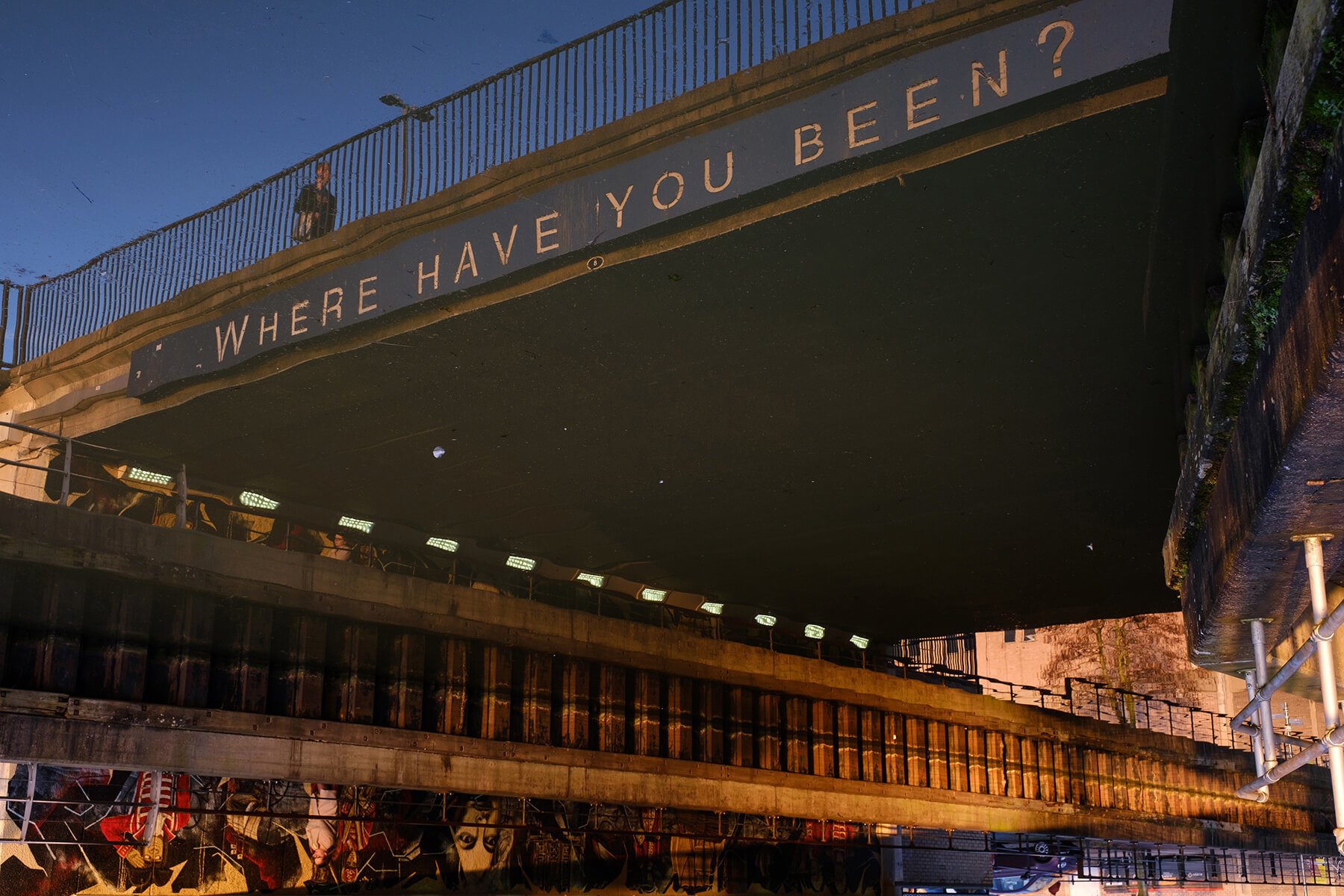
I still love to shoot for myself though, and I enjoy wandering with a camera, doing street photography and projects. In 2014, I photographed every member of my family, which took me to the US twice, Denmark, Scotland and all over England. I did that with a Fujifilm X-Pro1. I loved the freedom of having minimal gear, after being used to heavy backpacks loaded with equipment for my day job.
The minute I saw the X-Pro1, I loved it. There’s just something special about the retro design. I bought one and fell in love with it. When the X-Pro2 was released, I upgraded. When the X-Pro3 was released, I was tempted, but I was disappointed that the rear LCD screen was hidden. So, Make the Switch was the perfect opportunity to see if it could finally replace Canon as my work camera, too. I tried it with the XF16-55mm f/2.8 R LM WR zoom. I own the XF18-55mm f/2.8-4, so I also wanted to see if the pro version was worth switching to.
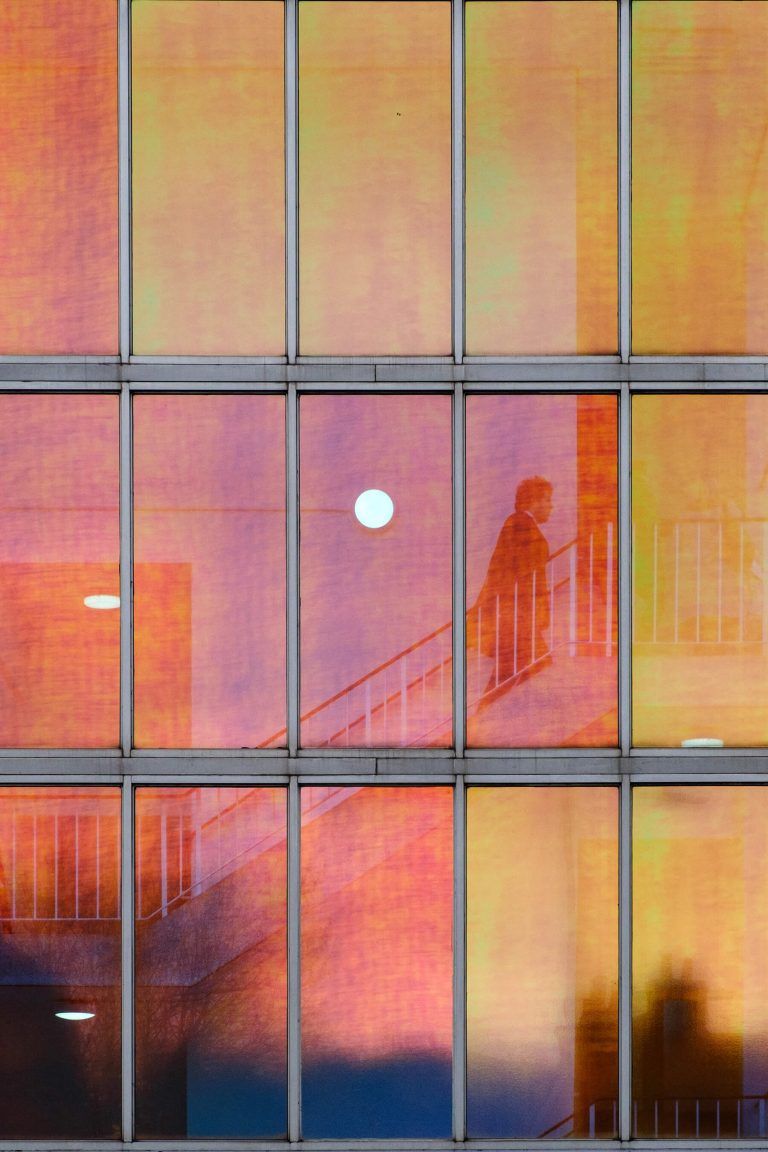
I wanted to shoot what I normally do, wandering and seeing what catches my eye, so one compact camera and one lens was perfect.
As soon as I received the X-Pro3, I went out to shoot. No wasting time with instructions and settings – I just wanted to get going! I wandered around Lincoln for hours – I think I covered something like 20 miles in the time I had this camera. No clients to please, just myself.
The camera is a beauty. The design really suits everything I love about photography, and I honestly think I got better photos with it than I do with my Canons. It feels perfect in the hand and it just looks so cool! It makes me feel like a more artistic photographer.
Digital SLRs are big and heavy, and their design has always left me a bit cold. Film SLRs were a lot smaller and lighter, and though it’s more of a rangefinder design, the X-Pro3 takes me back to that feeling. Just as with the X-Pro and X-Pro2, I love the dials for changing shutter speed and exposure compensation (which I use a lot). They click! They feel mechanical and analogue, and just much more tactile than my DSLR. It makes me feel that it’s me making the adjustments, rather than a chip.
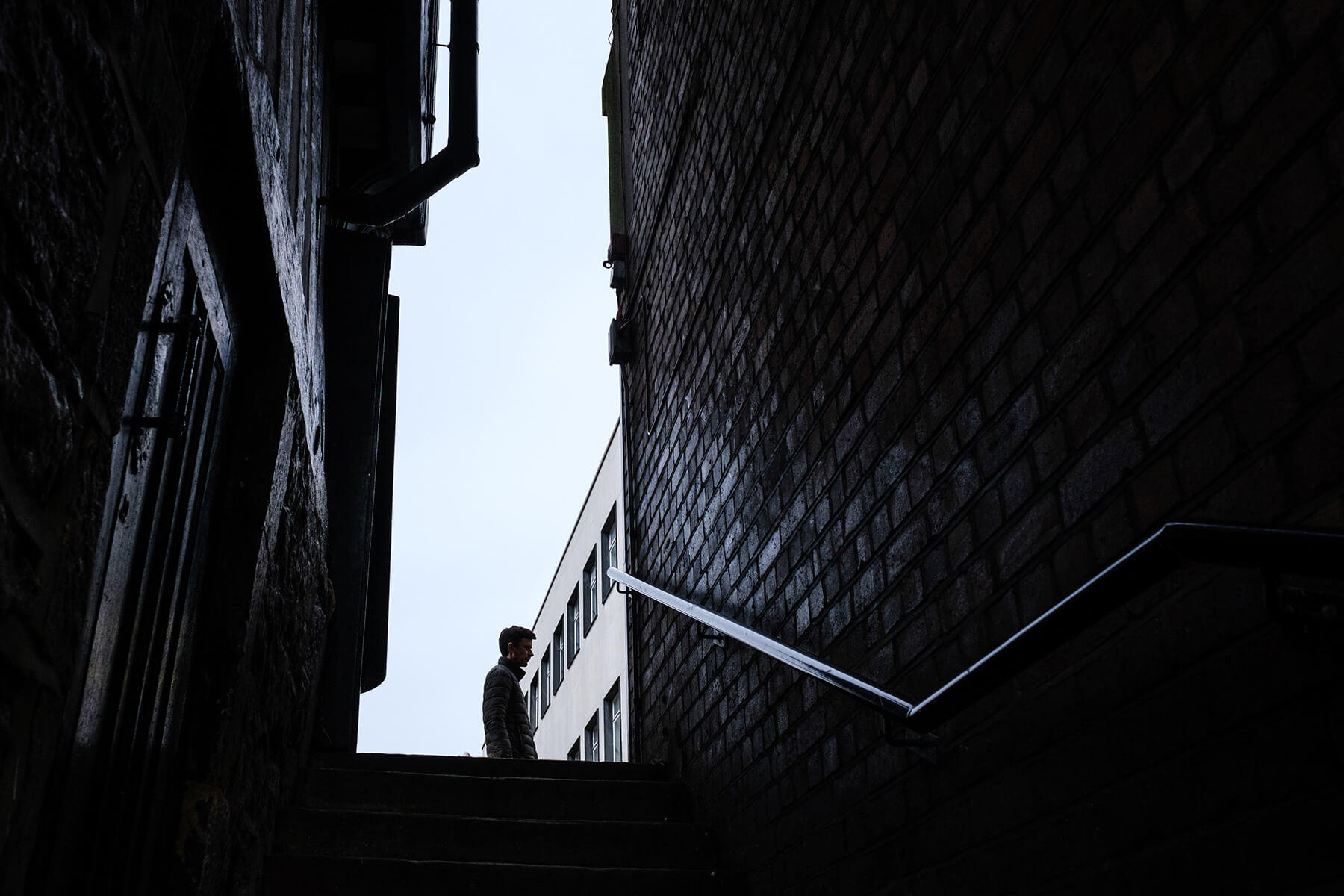
Out shooting, the X-Pro3 felt similar to my X-Pro2 in size and handling, the main difference being the hidden LCD screen. My fear about that was completely unfounded. In fact, the opposite turned out to be true. I loved not having the image in my face after every shot. It was like the good old days again – take the photo and move on to the next one, without the distraction of ‘chimping’. I was forced into trusting my experience. After a few shots, I pretty much stopped thinking about it and concentrated on the shooting. I only had a look at the results once I got home. It was mindfulness in action.
The XF16-55mm f/2.8 R LM WR I used is a bigger and heavier lens than the lens I’m used to, so I noticed it a bit more in walking around, but it’s still smaller and more portable than the equivalent on a DSLR. The XF16-55mm seemed to focus quicker than my XF18-55mm and didn’t hunt much, which is vital for quick reactions, and the constant f/2.8 aperture helps with that I’m sure.
I tended not to use wider apertures on this test, but for my family work, this lens would be perfect. It could be the one that persuades me to jump ship and move over to Fujifilm gear for all my work.
I shoot in aperture-priority and use exposure compensation a lot for my street shots, and I love seeing adjustments ‘live’ in the viewfinder. For me, it adds to the creativity. I can be looking at a scene and then play around with exposure to see what effect it will have. Obviously, I can’t do that with my Canon. I only used the electronic viewfinder in my test of the X-Pro3, but the optical mode has its benefits, too. It gives you another option when working, and the rangefinder-style framing, which lets you see approaching subjects, gives you more time to react.
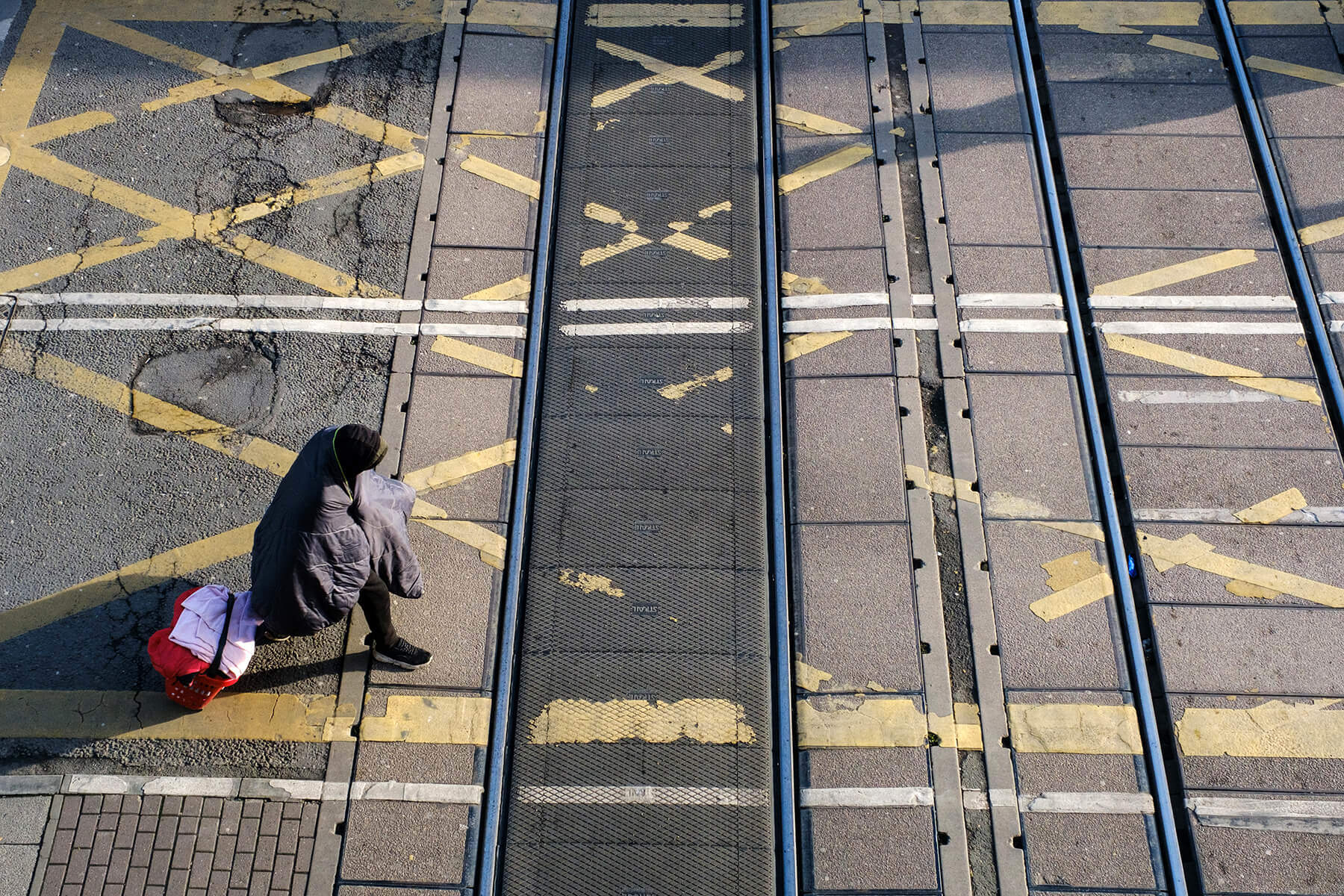
Something else I loved about the X-Pro3 was that you can trust the white-balance to be right and the colours are fantastic. Straight out of camera, JPEGs are much better than my Canon. I shot in Raw plus JPEG for this test, because I am used to Raw in my day-to-day workflow. The big difference with the X-Pro 3 is that I would be far more likely to ditch the Raw and shoot more in JPEG, because I trust they will look great.
I’d love to be able to say that I am selling all my Canon gear tomorrow and moving to Fujifilm – and I definitely have my finger on the buy button for the X-Pro3 and the XF16-55mm – but it will be a slower process, with both working hand in hand for a while. I’ve developed muscle memory with the Canon equipment and that takes time to build, but it will happen.
When I was given my Cosina for my 13th birthday, I took it to bed with me every night for months – I loved it so much! The X-Pro3 is the first camera that has given me that feeling since. There is just something magical about it. It makes me want to go out and shoot more, and I feel like a photographer again.

The kit Patrick used
Fujifilm X-Pro 3
The latest X-Pro model takes its retro rangefinder styling and adds cutting-edge technology, including a 26-megapixel X-Trans CMOS 4 sensor, powerful X-Processor 4 image processor, 160-12800 ISO range, full weather sealing, an LCD touchscreen and an upgraded viewfinder. Finally, in addition to the X Series’ superb manual handling, there’s a new hidden LCD screen for the purists.
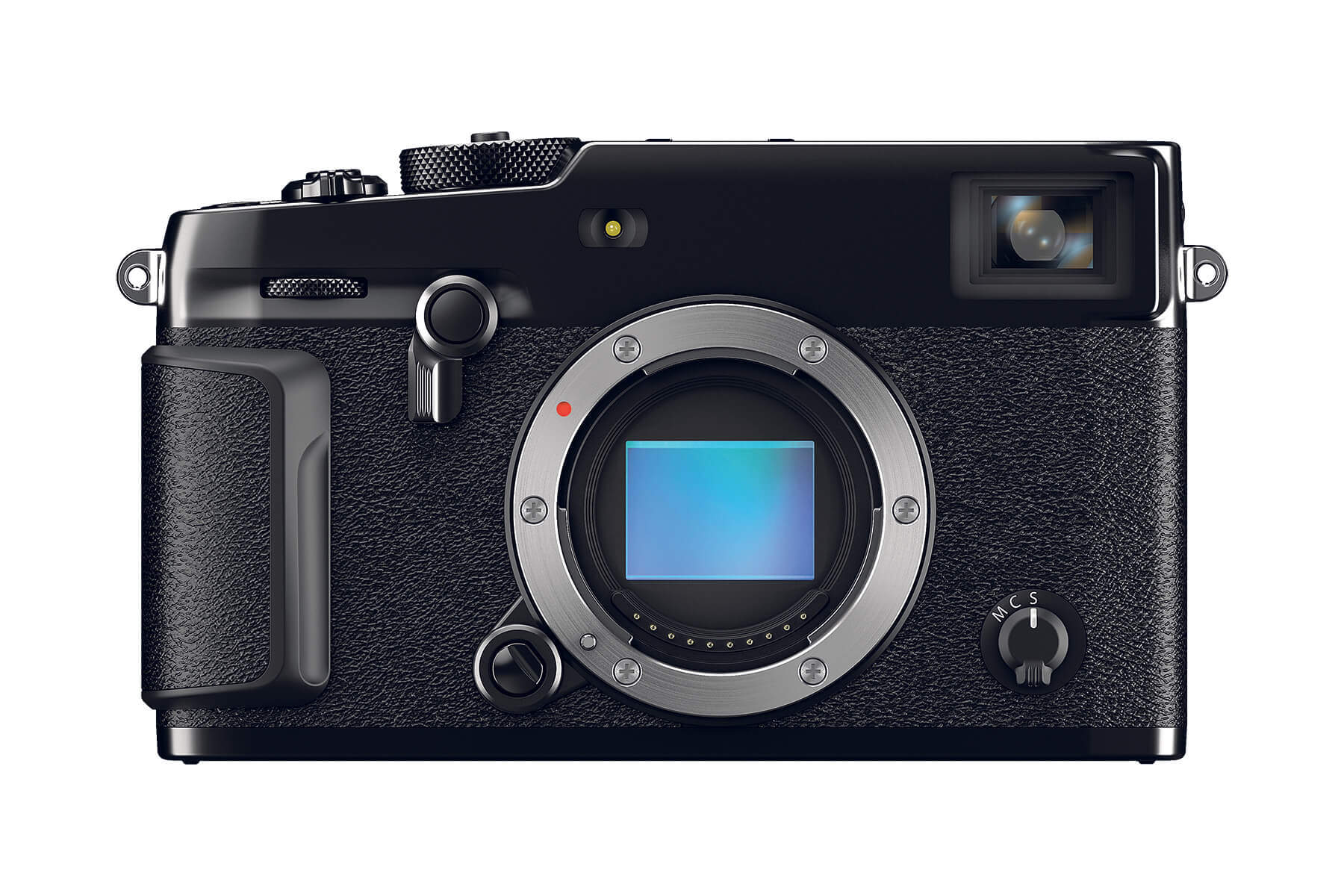
XF16-55mm F/2.8 R LM WR
A pro-level, fast standard zoom, this lens provides great flexibility in framing, fast autofocus, superb low-light and shallow depth-of-field options, and is backed up by full weather sealing.
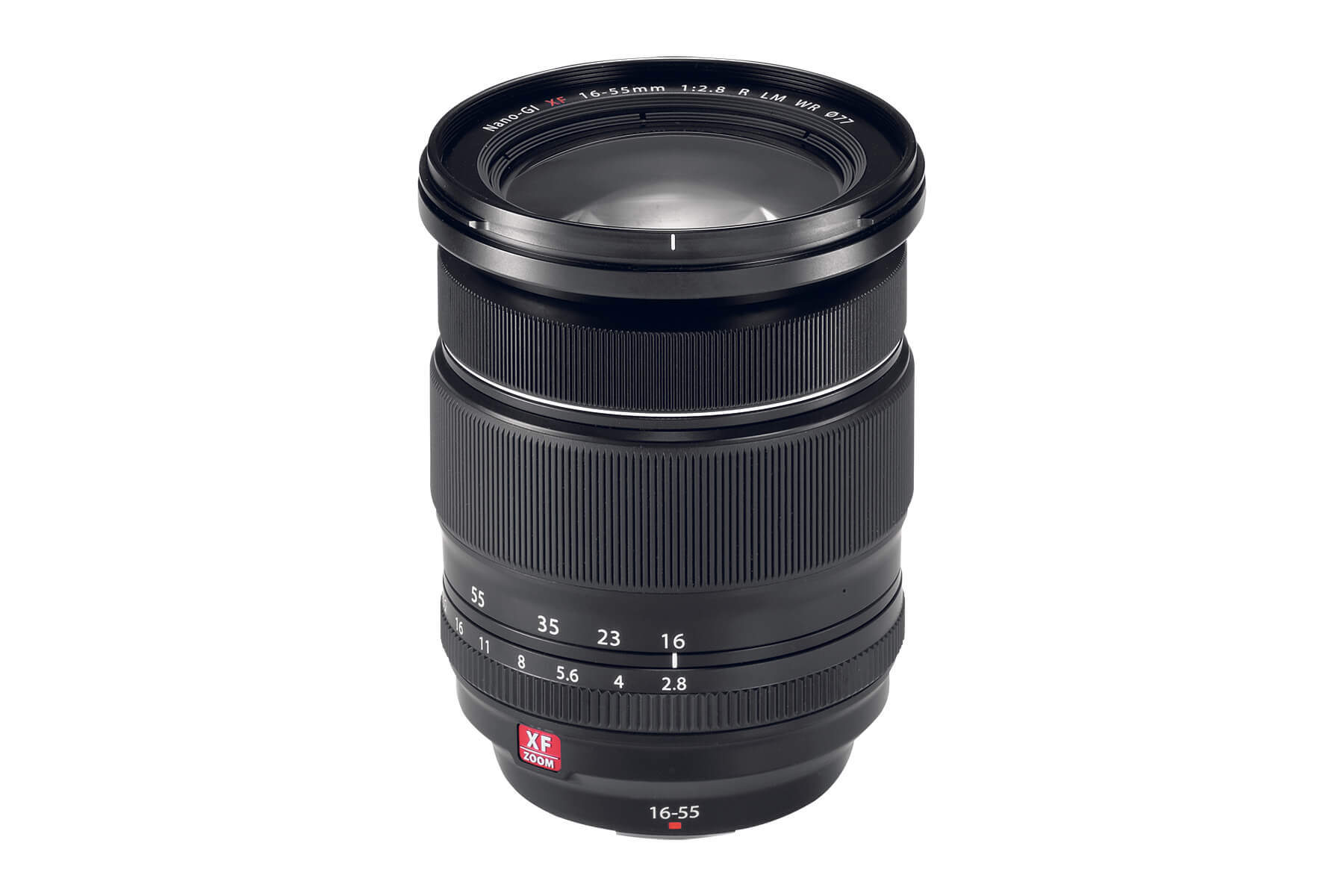
Get involved
If you’re looking to make the switch to Fujifilm and want to be featured in Photography News, click here, fill out the form and you could be selected to borrow a Fujifilm camera and two lenses for up to two weeks, free of charge! Terms and conditions apply and can be found here.


